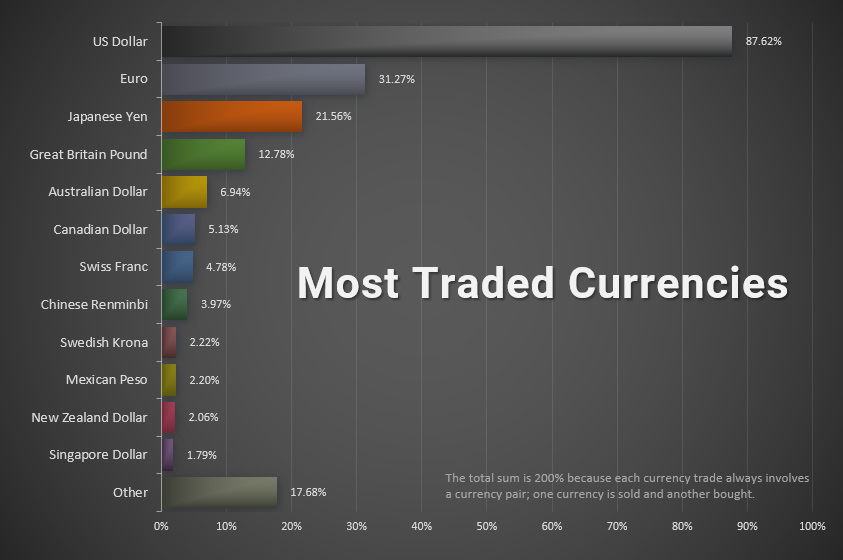
Real estate investment trusts (REITs), trusts that invest in real property, are called REITs. They must fulfill certain requirements to be considered a REIT. They must have at least 100 shareholders and invest at most 75% in real estate. They must also make 75% of the taxable income from real-estate. Furthermore, they must pay out at least 90% of their taxable income to shareholders. In addition, REITs are exempt from corporate taxes. Hence, they do not pay taxes on the income they generate.
Tax advantages
The primary tax advantage of REIT investing is the avoidance of double taxation, which occurs when profits are first taxed at the corporate level, and then taxed again when distributed to investors. Most US businesses, on the other hand, don't pay corporate income tax and instead pass profits on to their owners, or members, under federal tax laws. Pass-through companies include sole proprietorships as well partnerships and limited liability companies.

There are always risks
The risks involved in REITs are numerous. The first is their high cost and reliance on growth that can't sustain them without having access to capital. Reitually, REITs are not property investments. The risk of losing capital markets access is high. But high valuations can be sustainably if the REIT can access additional public capital. Reit investing is risk-free if investors take the time and learn about each REIT as well as the properties they hold.
Capital investment costs
It is crucial to determine the expected total returns from REITs as well as the cost of capital. This refers to the interest rate, and debt, that must be paid in order to invest in real property. According to an article published January 1998 in Institutional Real Estate Securities (IRES), few REITs can generate a lower than 12 percent return. This article also suggested that equity capital could be cheaper than 12 percent, if investors consider low interest rates as well as modest returns from other investments.
Diversification
Real estate ETFs can be used by investors who are looking for diversification. These funds are able to offer huge categorical diversification opportunities. Preferred ETFs are able to provide capital growth for a long time, no matter how health or poor the issuing business. Growth-based ETFs offer accurate projections of long-term growth. International ETFs give investors large diversification potentials in markets with long-term growth potential. Diversification in real estate ETFs has been the key to real estate investing success.

Inflation protection
Reit investing offers investors an excellent way to protect their portfolios from inflation. Inflation is a significant problem in the commercial realty industry. The recovery should result in rising rental income and increasing value of the underlying assets. Some REITs provide implicit inflation protection. This is especially true for healthcare landlords and care landlords. Target Healthcare, a care home specialist, increases its rents according to the retail price index (RPI), every three years. Other health care landlords, such as Primary Health Properties, have a portion of their leases linked to the RPI index, and pay dividends that are generously inflation-linked.
FAQ
Who can trade in the stock market?
Everyone. All people are not equal in this universe. Some have better skills and knowledge than others. So they should be rewarded.
Trading stocks is not easy. There are many other factors that influence whether you succeed or fail. For example, if you don't know how to read financial reports, you won't be able to make any decisions based on them.
So you need to learn how to read these reports. It is important to understand the meaning of each number. You must also be able to correctly interpret the numbers.
You will be able spot trends and patterns within the data. This will allow you to decide when to sell or buy shares.
This could lead to you becoming wealthy if you're fortunate enough.
How does the stock exchange work?
When you buy a share of stock, you are buying ownership rights to part of the company. Shareholders have certain rights in the company. He/she is able to vote on major policy and resolutions. He/she may demand damages compensation from the company. He/she may also sue for breach of contract.
A company cannot issue more shares that its total assets minus liabilities. This is called capital adequacy.
A company with a high ratio of capital adequacy is considered safe. Companies with low ratios of capital adequacy are more risky.
Why is it important to have marketable securities?
An investment company exists to generate income for investors. It does this by investing its assets into various financial instruments like stocks, bonds, or other securities. These securities have certain characteristics which make them attractive to investors. They may be safe because they are backed with the full faith of the issuer.
It is important to know whether a security is "marketable". This is how easy the security can trade on the stock exchange. It is not possible to buy or sell securities that are not marketable. You must obtain them through a broker who charges you a commission.
Marketable securities include government and corporate bonds, preferred stocks, common stocks, convertible debentures, unit trusts, real estate investment trusts, money market funds, and exchange-traded funds.
These securities are often invested by investment companies because they have higher profits than investing in more risky securities, such as shares (equities).
What is a fund mutual?
Mutual funds are pools of money invested in securities. Mutual funds offer diversification and allow for all types investments to be represented. This helps to reduce risk.
Professional managers manage mutual funds and make investment decisions. Some funds permit investors to manage the portfolios they own.
Mutual funds are preferable to individual stocks for their simplicity and lower risk.
What are the benefits to investing through a mutual funds?
-
Low cost - buying shares directly from a company is expensive. Purchase of shares through a mutual funds is more affordable.
-
Diversification is a feature of most mutual funds that includes a variety securities. One security's value will decrease and others will go up.
-
Management by professionals - professional managers ensure that the fund is only investing in securities that meet its objectives.
-
Liquidity - mutual funds offer ready access to cash. You can withdraw the money whenever and wherever you want.
-
Tax efficiency - Mutual funds are tax efficient. This means that you don't have capital gains or losses to worry about until you sell shares.
-
No transaction costs - no commissions are charged for buying and selling shares.
-
Easy to use - mutual funds are easy to invest in. All you need to start a mutual fund is a bank account.
-
Flexibility – You can make changes to your holdings whenever you like without paying any additional fees.
-
Access to information – You can access the fund's activities and monitor its performance.
-
Ask questions and get answers from fund managers about investment advice.
-
Security - you know exactly what kind of security you are holding.
-
Control - you can control the way the fund makes its investment decisions.
-
Portfolio tracking: You can track your portfolio's performance over time.
-
Easy withdrawal - You can withdraw money from the fund quickly.
There are disadvantages to investing through mutual funds
-
Limited choice - not every possible investment opportunity is available in a mutual fund.
-
High expense ratio. The expenses associated with owning mutual fund shares include brokerage fees, administrative costs, and operating charges. These expenses eat into your returns.
-
Lack of liquidity-Many mutual funds refuse to accept deposits. They must be purchased with cash. This limit the amount of money that you can invest.
-
Poor customer service - there is no single contact point for customers to complain about problems with a mutual fund. Instead, you should deal with brokers and administrators, as well as the salespeople.
-
Ridiculous - If the fund is insolvent, you may lose everything.
Statistics
- Ratchet down that 10% if you don't yet have a healthy emergency fund and 10% to 15% of your income funneled into a retirement savings account. (nerdwallet.com)
- Individuals with very limited financial experience are either terrified by horror stories of average investors losing 50% of their portfolio value or are beguiled by "hot tips" that bear the promise of huge rewards but seldom pay off. (investopedia.com)
- Even if you find talent for trading stocks, allocating more than 10% of your portfolio to an individual stock can expose your savings to too much volatility. (nerdwallet.com)
- "If all of your money's in one stock, you could potentially lose 50% of it overnight," Moore says. (nerdwallet.com)
External Links
How To
How to make your trading plan
A trading plan helps you manage your money effectively. It allows you to understand how much money you have available and what your goals are.
Before you create a trading program, consider your goals. You may wish to save money, earn interest, or spend less. You may decide to invest in stocks or bonds if you're trying to save money. If you're earning interest, you could put some into a savings account or buy a house. Perhaps you would like to travel or buy something nicer if you have less money.
Once you know your financial goals, you will need to figure out how much you can afford to start. It depends on where you live, and whether or not you have debts. Also, consider how much money you make each month (or week). Income is what you get after taxes.
Next, you'll need to save enough money to cover your expenses. These include rent, bills, food, travel expenses, and everything else that you might need to pay. These all add up to your monthly expense.
You'll also need to determine how much you still have at the end the month. This is your net income.
You're now able to determine how to spend your money the most efficiently.
To get started with a basic trading strategy, you can download one from the Internet. Or ask someone who knows about investing to show you how to build one.
Here's an example of a simple Excel spreadsheet that you can open in Microsoft Excel.
This graph shows your total income and expenditures so far. You will notice that this includes your current balance in the bank and your investment portfolio.
Here's an additional example. This one was designed by a financial planner.
It shows you how to calculate the amount of risk you can afford to take.
Remember: don't try to predict the future. Instead, put your focus on the present and how you can use it wisely.